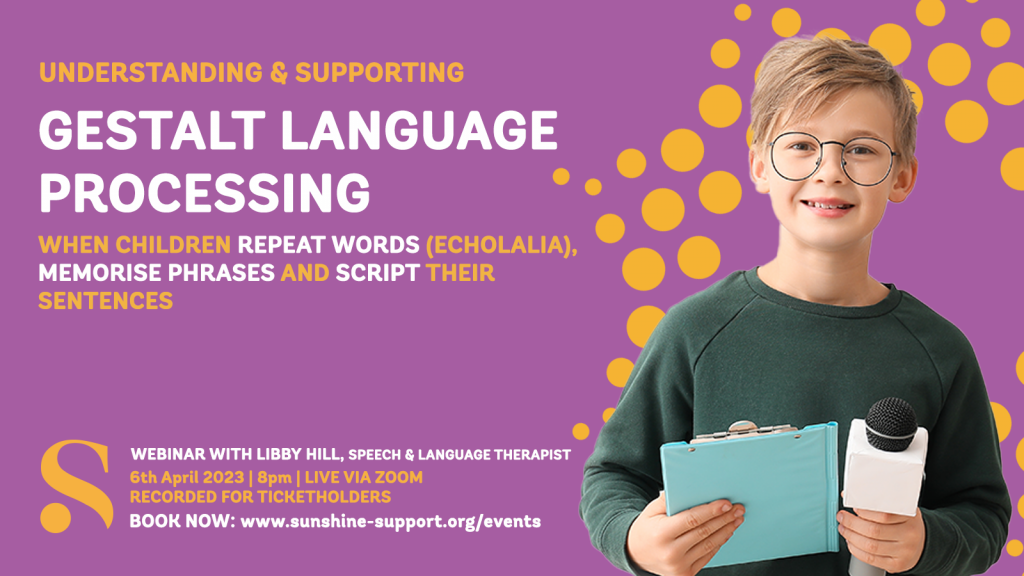
As an ex-Head of School of at a specialist SEND provision, I’ve been lucky enough to be a small part of the educational journey for hundreds of families seeking the right setting for their child or children. The weight of choosing a school for a child with special educational needs and disabilities cannot be underestimated. A kaleidoscope of factors, variables and unknowns combine in an overwhelming confusion, coming commonly after what is often a protracted fight to even get an EHC Plan in the first place.
Conversations with prospective or incoming pupils and their families are, in my experience, a mix of excitement and relief, but also trepidation, worry, mistrust. So many children and young people with SEND have experienced huge negativity within the education system, which can and does lead to lifelong trauma, missed opportunities, and unmet potential. School leaders have a responsibility to help parents feel understood and welcomed into their setting, and that there are no ”silly questions” when it comes to knowing about how a school works.
Ensuring the right setting is named for your child is therefore crucial, but it’s also important to know that you’re not alone and it isn’t and shouldn’t be solely down to you as parents/carers.
This blog mainly concerns naming a setting in Section I – so, choosing a setting within the context of an Education, Health and Care Plan – but hopefully some of the information will be useful to you if your child might have SEND, is on the SEND register, or is receiving SEND Support level help within their mainstream setting.
Securing the right setting is a milestone. It might be the very first setting your child ever attends. It can be the “final piece” of the jigsaw of a long EHC battle; it might be the latest development in a list of failures and trauma; or it might be the first time you’ve explored a change in setting in response to your child’s developing needs. Either way, when the setting works for your child, the outcome is almost always transformative, not just for the pupil themselves but often for the whole family.
Firstly, the Legal Bits
- Section I of the EHC Plan concerns the placement where your child will study. This section will name the type of placement and, when identified and if applicable, name the nursery, school, college or further education establishment itself.
- You will always receive the plan in draft form first, at which point Section I will be left blank. You have the legal right (Section 9 of the Education Act 1996) to specify a preference of placement, provided it’s of the type listed in Section 38 of the Children and Families Act. This means you can express a preference for any maintained school/nursery, any academy, any FE institution (university), any non-maintained special school, or any Section 41 approved institution (see “Different Types of Schools”)
- The Local Authority are then obliged to send consultations to your preference(s), meaning the establishments you have chosen are provided with the EHC Plan and have a period of fifteen working days to formally respond, stating whether they can meet the needs and provision detailed in the plan and what they require in order to do so.
- The Local Authority will, at the same time, send consultations to your most local schools as a matter of course.
- When all the consultations are returned, the Local Authority will then make a decision about which school should be named in Section I.
Different Types of Schools
Even comprehending the different types of schools available to your child can be an instantly confusing process. It’s important to strike a balance between not getting bogged down by terminology, whilst also understanding the different setting types and how these differences impact on your child’s entitlement to have them named on an EHC Plan.
Maintained schools are schools overseen by the Local Authority. There is no fee to attend a maintained school. When we think of a “standard” school, it is most likely to be a maintained setting. Conversely, an independent school is what is known more commonly as a “private school”; it is not governed by the Local Authority and there may be fees associated with attendance.
A mainstream school is a setting for children of all abilities and profiles. All mainstream schools will have a cohort of children with SEND. Some mainstream schools will also have a specific section of the school for children with more complex SEND, known most frequently as an Additional Resource Provision, which may even be housed in a special building. Children who are educated in an ARP may experience some of their timetable in the mainstream section of the school and some of their timetable supported in the ARP.
A special school, or a specialist setting, is a school specifically for children and young people with SEND. There may be specific admission criteria, such as the requirement that all children have an EHC Plan, or different special schools might have different specialisms, such as a school specifically for children with a diagnosis of an autism spectrum condition. Special schools may be maintained schools or independent schools. Some special schools may be residential settings, some may be day settings, and some may offer a mixture of placement types.
Section 41 schools are independent special schools which have been approved by the Secretary of State under Section 41 of the Children and Families Act. These schools can be requested by parents, or a young person, to be named in Section I of an EHC Plan, in the same way a maintained setting can be requested. If an independent special school is not Section 41-approved, it does not mean the school is bad. Not all independent special schools seek Section 41 approval.
There are a number of additional types of settings including hospital schools, pupil referral units, alternative provisions, and free schools. Each of these settings, along with the types of the settings described above, have different rules about whether they can be named on an EHC Plan.
Should you wish to know more, come along to our webinar about Choosing a Provision…
How do you know if a school is right for your child?
The best piece of advice I can give about determining the suitability of the setting is that it has to be right for your child. An Ofsted Outstanding school may seem to tick every box, but might still not be the right fit. All children are individuals, but particularly those with SEND, and their compatibility with a setting is key to their sense of belonging, safety, and being understood – especially if their experiences of education have been negative. For example, a school may use a Positive Behaviour Support approach (PBS) which might be perfect for some young people, yet disastrous for others. The only way to really understand whether a school “feels right” is to visit, where possible, and ask questions.
It is an absolute must to visit as many schools as possible, but at the very least try to visit:
- Your personal preference(s) of schools
- The schools closest to you geographically that the Local Authority may want to name on the plan; if they are not the right setting for your child, you should be prepared to explain why, and this is best done if you have seen the setting first-hand and spoken to the SENCO about your child’s specific needs.
- In addition, prior to any visit, it’s important to do as much research as possible:
- Read the Ofsted report, or Independent Schools Inspectorate report
- Check the information available on the website, particularly the school’s ethos, approaches, curriculum/class set up (such as class size) and admissions criteria
- Read the school’s key policies on safeguarding, behaviour, physical interventions and attendance. Do these align with your personal values? Are these approaches likely to suit your child?
- If available, read the SEN Information Report; this should be downloadable for every maintained school
- Look into the governing body online: who is on the governing body and what is their role? How is the school held accountable for their performance?
- What emphasis does the school place on academic vs. personal progress? Does this align with your child’s aspirations, or your hopes for their development?
What happens if the LA names a setting with which you disagree?
You will be given rights of appeal on the final plan, which includes the right to appeal Section I. Full details of how to appeal can be viewed at the Sunshine Academy. Our Sunshine Advocates are also highly experienced in supporting parents in lodging and navigating the appeal process, if you feel you need some additional help.
Evidence is key when appealing Section I. You will need to prove that your preferred setting meets your child’s needs, where the Local Authority’s named setting does not. We can help determine whether your evidence is sufficient to do this, or whether additional evidence might be required to strengthen your case.
The Next Step…
When I was writing this blog, I coincidentally received an email from an ex-pupil for whom I participated in a SENDIST tribunal to secure a place at the school where I was Head of Education. He is off to university to study law, with the view to helping others like him find their pathway in education in spite of the difficulties they experience and injustices they might have encountered.
It served as a timely reminder that we must all come together – families, carers, educators, Local Authority professionals, therapists, others – to ensure true collaboration in determining the right school for our children with SEND. When it is done well, and families are robustly supported and listened to about what is right for their child, the outcomes are nothing short of life-changing. What a privilege to be a part of such a special journey.
If you need support in choosing a setting, you need help appealing a setting with which you disagree, or you’d just like some general help or advice, don’t hesitate to get in touch.







